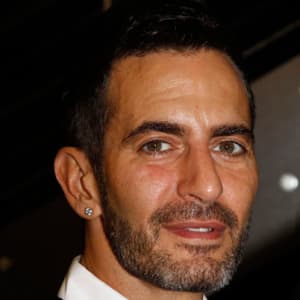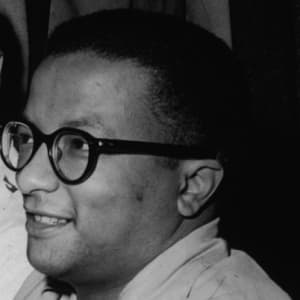
Martha Gellhorn
Martha Gellhorn was a distinguished war correspondent who covered every war that occurred across the globe over a period extending nearly 60 years.
Synopsis
Born in 1908 in St. Louis, Missouri, Martha Gellhorn began her writing career as a crime writer in the late 1920s. Her storied life as a war reporter began when she met Ernest Hemingway in late 1936, and she traveled with him to Madrid the following year to cover the Spanish Civil War. Gellhorn went on to cover every war that broke out during her lifetime, until the mid-1990s when her health began to give out. Stricken with cancer, she committed suicide in 1998.
Early Career
Martha Gellhorn was born in St. Louis, Missouri, on November 8, 1908. She attended Bryn Mawr College in Philadelphia but dropped out in 1927 to pursue journalism, writing early on for New Republic. She soon moved to Paris, working for various publications and joining the United Press Bureau, where she sought to become a foreign correspondent. While there, she aligned herself with the pacifist movement and wrote a book about her experiences in a novel, What Mad Pursuit (1934).
When Gellhorn returned to the United States, she was hired as an investigator for the Federal Emergency Relief Administration, who sent her around the country to document the impact of the Depression. Her reports caught the eye of Eleanor Roosevelt, and the two women became friends for life. Gellhorn turned what she had witnessed into another work of fiction, The Trouble I've Seen (1936). The same year her book was published, she met Ernest Hemingway in a bar in Key West, Florida, and within months she was traveling with Hemingway to Spain to cover the rise of fascism and the Spanish Civil War for Collier’s Weekly. In 1940, Hemingway and Gellhorn were married, and he dedicated his Spanish Civil War novel, For Whom the Bells Toll (1940), to her.
Covering WWII and Vietnam
Gellhorn soon went to Western Europe to cover World War II, and in 1944 she allegedly stowed away on a hospital ship to report on the D-Day landings. The next year, she entered Dachau with American troops for the liberation of the infamous concentration camp (that same year, she and Hemingway split up), and her harrowing account was a landmark piece of journalism.
In 1966, she covered the war in Vietnam, which she found supremely disturbing and horrific, full of victims on both sides of the battles lines. In the 1980s she continued to travel extensively, writing about the wars in El Salvador and Nicaragua and the U.S. invasion of Panama, and in the mid-1990s she went to Brazil to write about street children there. That would be her last significant article before her death, as, dying of cancer, she took her own life in 1998.



